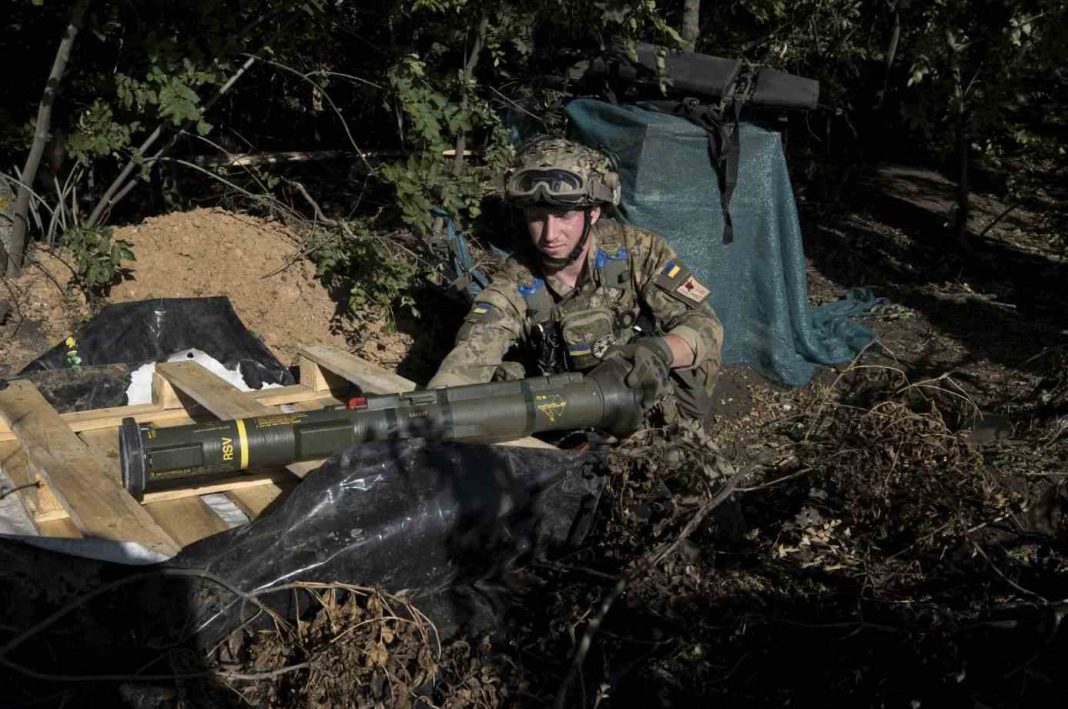Across a front line that spans 1,500 miles, Russian and Ukrainian forces have been engaged in a bloody conflict for many months, inflicting casualties on one another, battling to the point of exhaustion, and making sluggish advances in territory when they were not incurring significant losses.
The war is now entering its third chapter, which comes after the Russian occupation of a portion of southern Ukraine and an attempt to attack the Ukrainian capital, Kyiv, both of which were unsuccessful. Next, the conflict shifted to a horrific artillery duel in the east of the nation. The situation on the battlefield is now stagnant, with hostilities remaining at a low boil, and there is a great deal of anxiety around the question of whether or not, and when, Ukraine will launch a counteroffensive in an effort to break the impasse.
The government of Ukraine is now facing a crucial choice on the timing of any potential strike of this kind. Both parties are making preparations for a drawn-out conflict, but Ukraine has a greater incentive to try to avoid it by engaging in potentially risky manoeuvres as early as this fall. This is so that it can take place before the rainy season turns the countryside into impassable bogs or before energy shortages and rising costs undermine European support.
Michael Kofman, head of Russian studies at C.N.A., a research centre located in Arlington, Virginia, was asked to evaluate the choices available to Ukraine and said, “An attack is perilous.”
“The result might have an effect on external funding if it is unsuccessful,” he added. On the other side, “Kyiv most certainly views this as an opportunity window,” since beyond it looms the uncertainty of a prolonged conflict against a Russian army that has had time to fortify its positions.
From the point of view of the Ukrainian military, the trench warfare, which is mostly static, cannot continue forever. Leaving Russia in control of a significant portion of the southern coastline would be catastrophic for the Ukrainian economy, which is already in free fall as a result of the conflict and is only kept afloat by foreign assistance. It would also give Russia the opportunity to consolidate its control over the territories that it has conquered by infiltrating the news media and the educational curriculum with its propaganda, arresting or driving out opponents, and possibly announcing that the territory is now a part of Russia after staging phoney referendums.
In addition, President Vladimir V. Putin is under some political pressure to achieve a military victory, particularly in light of Ukraine’s strikes on the Russian-occupied Crimean Peninsula and the car bombing that took the life of an ultranationalist broadcaster over the weekend. Following the bombings, pro-military individuals in Russia began demanding for retaliation.
However, there are a number of indicators that point to the likelihood that Mr. Putin would disregard such appeals and instead decide on a plan of plodding offensive aimed to tyre and destroy Ukrainian troops. The most recent piece of evidence was made public by the Kremlin on Thursday, and it was an order from Vladimir Putin to increase the goal size of the armed forces by 137,000, bringing the total to 1.15 million.
The decision, according to the analysts, gave the impression that Vladimir Putin was getting ready for a protracted and arduous conflict, but not necessarily a large-scale draught that would represent a significant escalation and could trigger a political reaction.
This week, the United States made good on its commitment to provide Ukraine with a military assistance package worth three billion dollars. Officials in the administration of former President Joe Biden have stated that the assistance was intended to send a message to Russian President Vladimir Putin that the United States is committed to this endeavour for the long haul, as well as a message to Ukraine that the United States will continue to work toward keeping the NATO alliance united in its support of Kyiv indefinitely.
Officials inside the administration are certain that President Joe Biden is dedicated to assisting Ukraine in achieving victory, even in the event that a battle of attrition is necessary. At a press conference this week, the Under Secretary of Defense for Policy, Colin H. Kahl, said that Mr. Putin’s confidence that he can “win the long game” was “yet another Russian error.”

